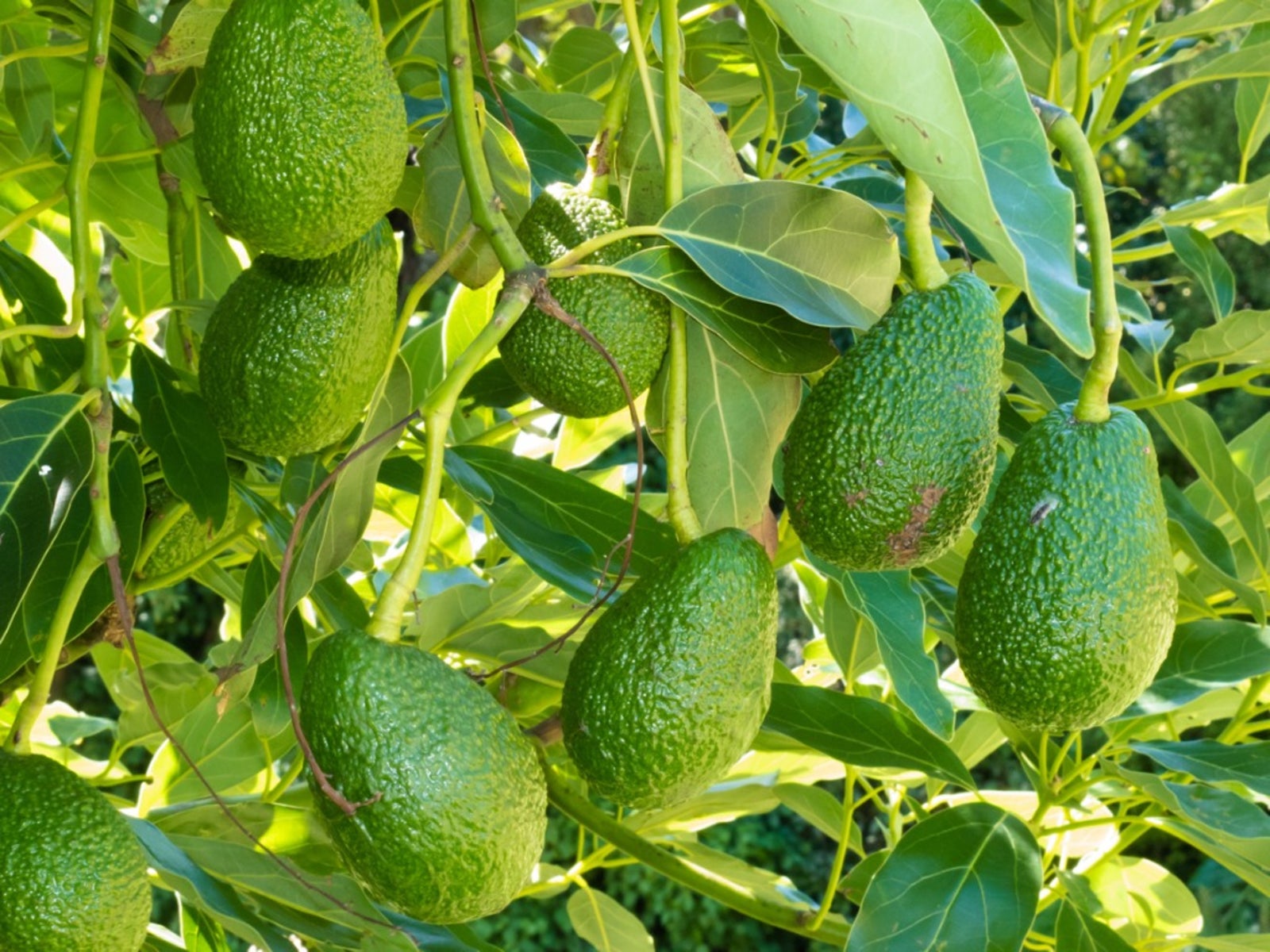Avocado Black Spot: Learn About Cercospora Spot In Avocados


There are lots of great things about living in a warm climate, but one of the best is being able to grow amazing fruits like avocado in your own backyard. Growing more exotic plants can be both a blessing and a bit of a curse, though, because this also means that you have fewer resources to help when you run into a problem. For example, if you notice that your avocados are developing weird spots, you might get a little suspicious. Could it be avocado black spot, more commonly known as cercospora spot in avocados? Read on for a more in-depth discussion of this chronic disease of avocados.
What is Avocado Cercospora Spot?
Avocado cercospora spot is a common and frustrating fungus that thrives on the tissues of avocado trees. The disease is caused by the pathogenic fungus Cercospora purpurea, but it presents much like other types of Cercospora infections. Cercospora symptoms can include, but are not limited to, small brown to purple spots on leaves, angular-appearing spots on leaves, small irregular brown spots on fruits, or fissures and cracks in the fruit’s surface. C. purpurea is spread by wind and rain, but it may also be transmitted by insect activity. Fruits tend to become infected during the wettest part of their growing season. By itself, Cercospora won’t damage avocados beyond use and the fungus doesn’t penetrate the rind of the fruit, but the fissures that can result from the fungal feeding invite more destructive pathogens into the flesh.
Treating Avocado Cercospora Spot
The goal of any avocado grower should be to prevent fungal diseases like Cercospora spot from erupting in the first place, so before you consider treatment, let’s talk about prevention. Cercospora is often transmitted from plant debris or weeds that are around the tree, so make sure that you clean up all fallen leaves, shed fruit, and keep the area free of unwanted plants. If there are any avocados that didn’t get picked and didn’t fall last year, get those things off the tree ASAP. The other part of the equation is airflow. Fungal infections love pockets of stagnant air because they allow humidity to build, creating a fungal nursery. Thinning the inside branches of your avocado, like with any fruit-bearing tree, will not only decrease the humidity in the canopy, but also improve the quality of the fruits you get. Sure, you may get fewer fruits, but they’ll be significantly better. The actual treatment of Cercospora is pretty straightforward. Copper spray, applied three to four times a year, seems to keep the fungus at bay. You’ll want to apply the first at the beginning of your wet season, then follow up monthly. The third and fourth are only recommended for avocados that ripen very late.
Gardening tips, videos, info and more delivered right to your inbox!
Sign up for the Gardening Know How newsletter today and receive a free copy of our e-book "How to Grow Delicious Tomatoes".

Kristi Waterworth was a regular contributor to Gardening Know How for many years, answering countless queries on plant pests and diseases.
-
 Looking For Plants To Give You The Soft And Fuzzies? Try These 5 Fuzzy Leaf Plant Options
Looking For Plants To Give You The Soft And Fuzzies? Try These 5 Fuzzy Leaf Plant OptionsLovers of texture, drama, silver foliage and tactile plants will adore these special sensory garden additions. These fuzzy leaf plant options will leave you all aglow
By Susan Albert
-
 Get Ready For A Summer Of Hummers! Grow These Full Sun Hummingbird Plants and Flowers
Get Ready For A Summer Of Hummers! Grow These Full Sun Hummingbird Plants and FlowersIf you’re lucky enough to enjoy a sunny backyard, make sure you are maxing out on your pollinator opportunities and grow these full sun hummingbird plants and flowers
By Tonya Barnett